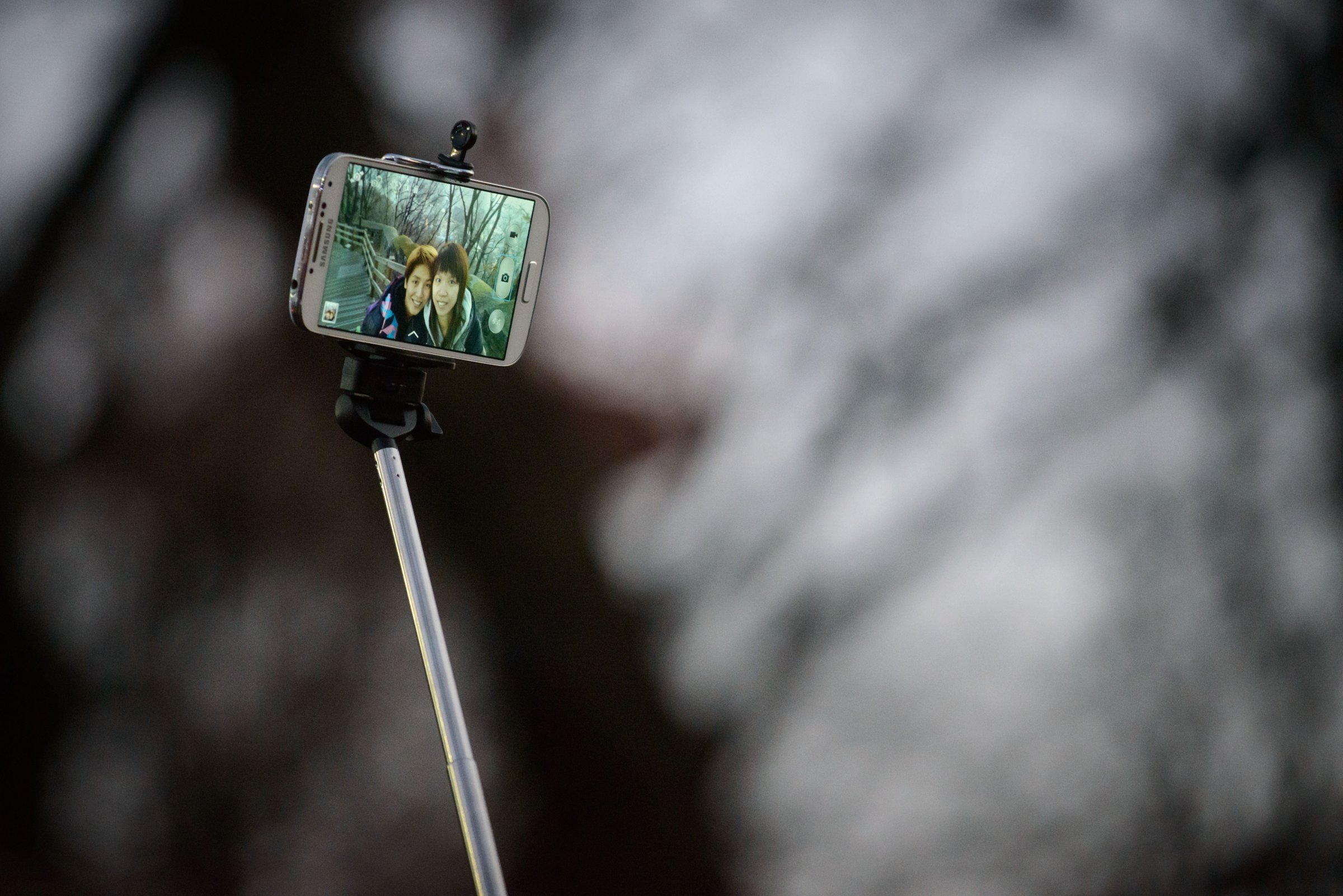
Visitors to London’s National Gallery can leave their selfie sticks at home, after the preeminent museum became the latest to ban the photo-taking devices for fear of damaging the artwork.
“Due to the recent popularity of selfie sticks, the National Gallery preferred to take precautionary measures,” a museum spokeswoman told AFP.
Selfie sticks are the wildly popular extending rods that can be fitted with a smartphone for a different angle self-portrait. They’ve been banned at a number of museums, including the Museum of Modern Art and the Metropolitan Museum of Art in New York, Washington D.C.’s National Gallery. The Centre Pompidou and the Louvre are considering bans.
London’s National Gallery is classifying selfie sticks as tripods, which are not permitted under the National Gallery’s rules.
MORE: How the Selfie Stick Is Killing the Selfie
[AFP]
See The 10 Best Space Selfies Ever Taken
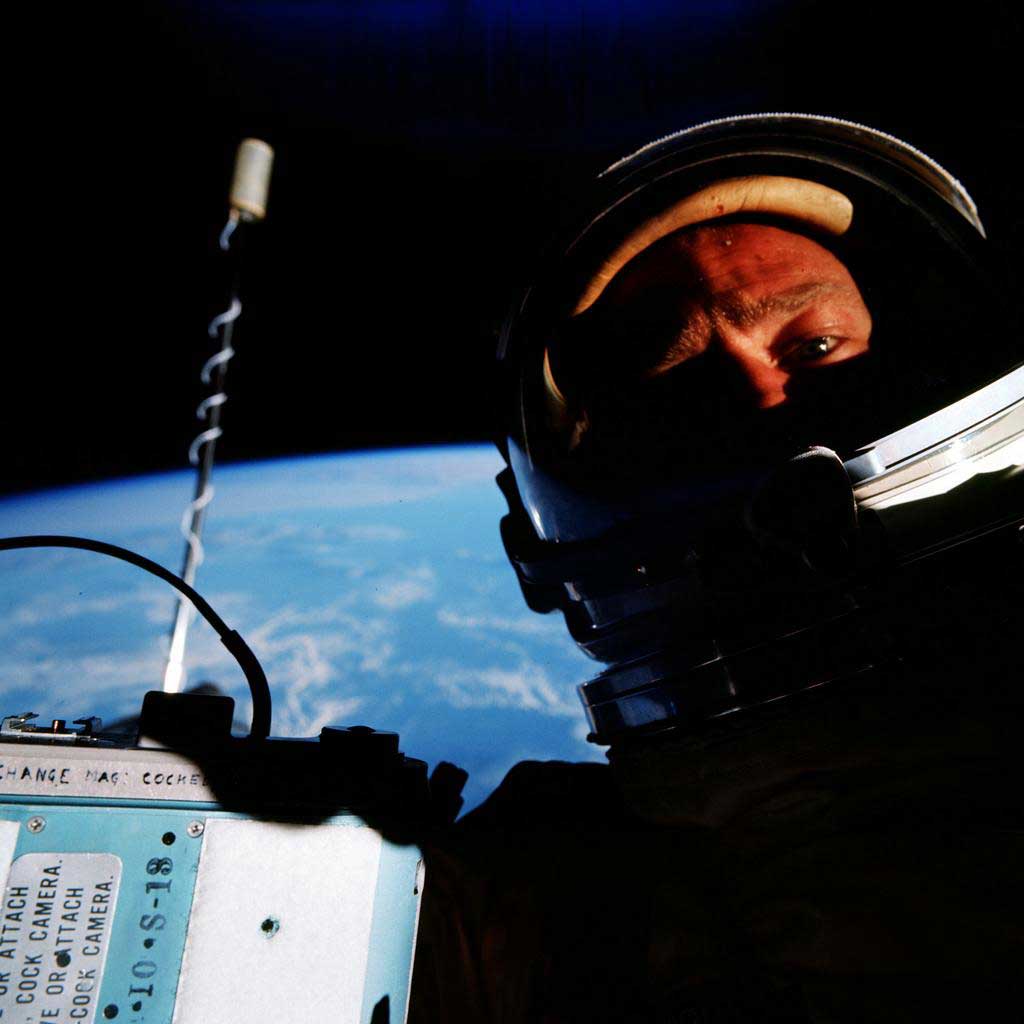
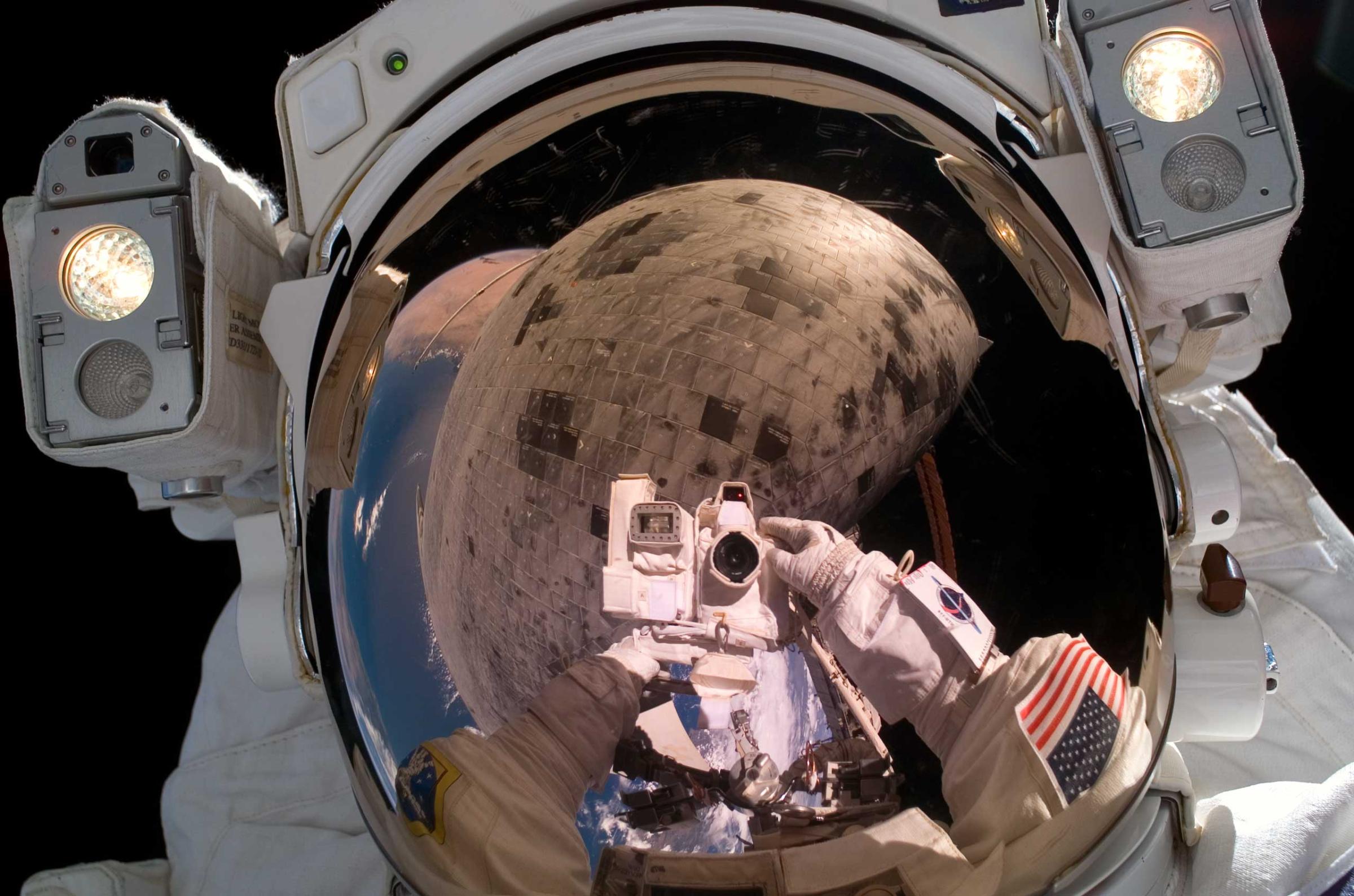
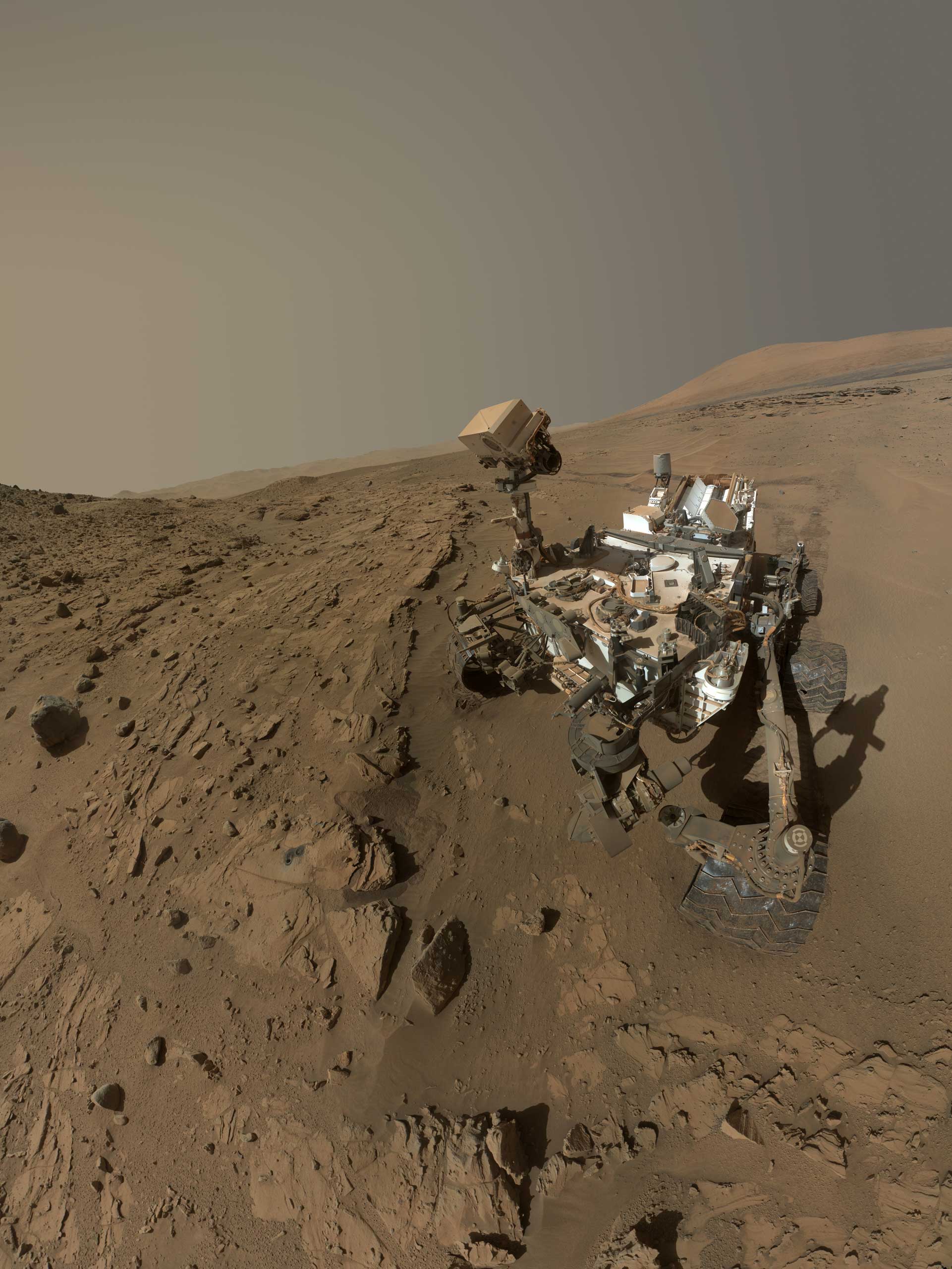
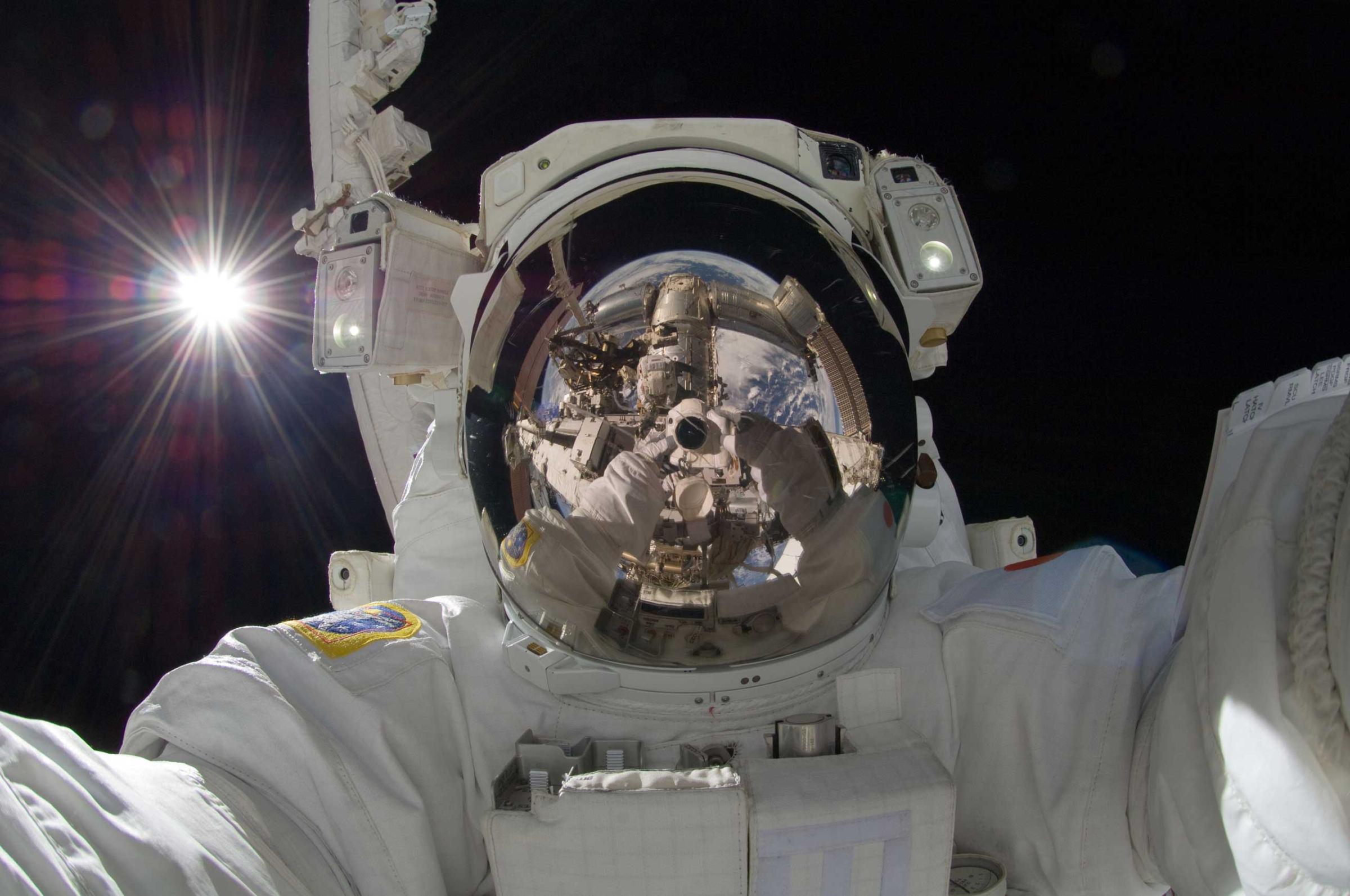



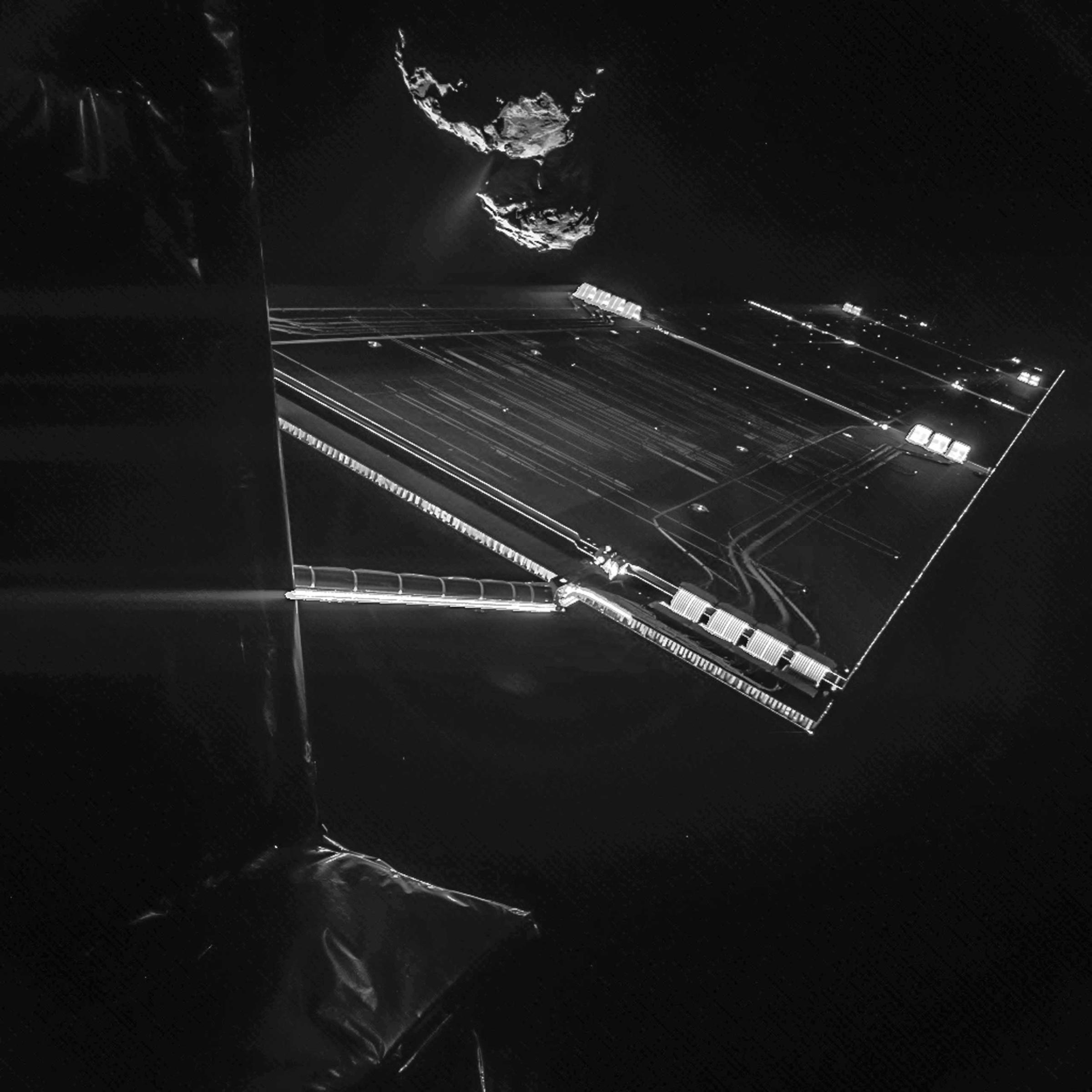
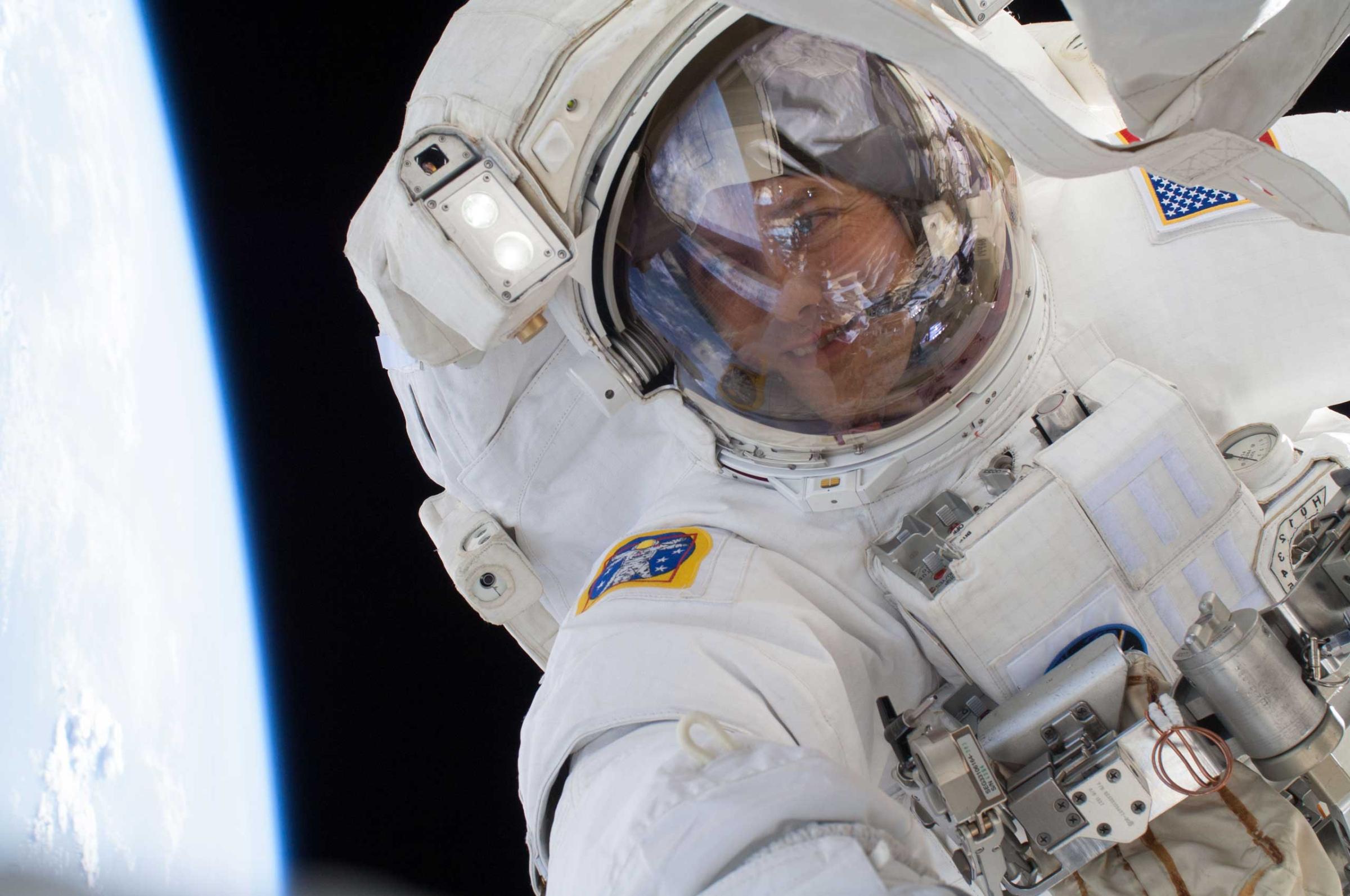
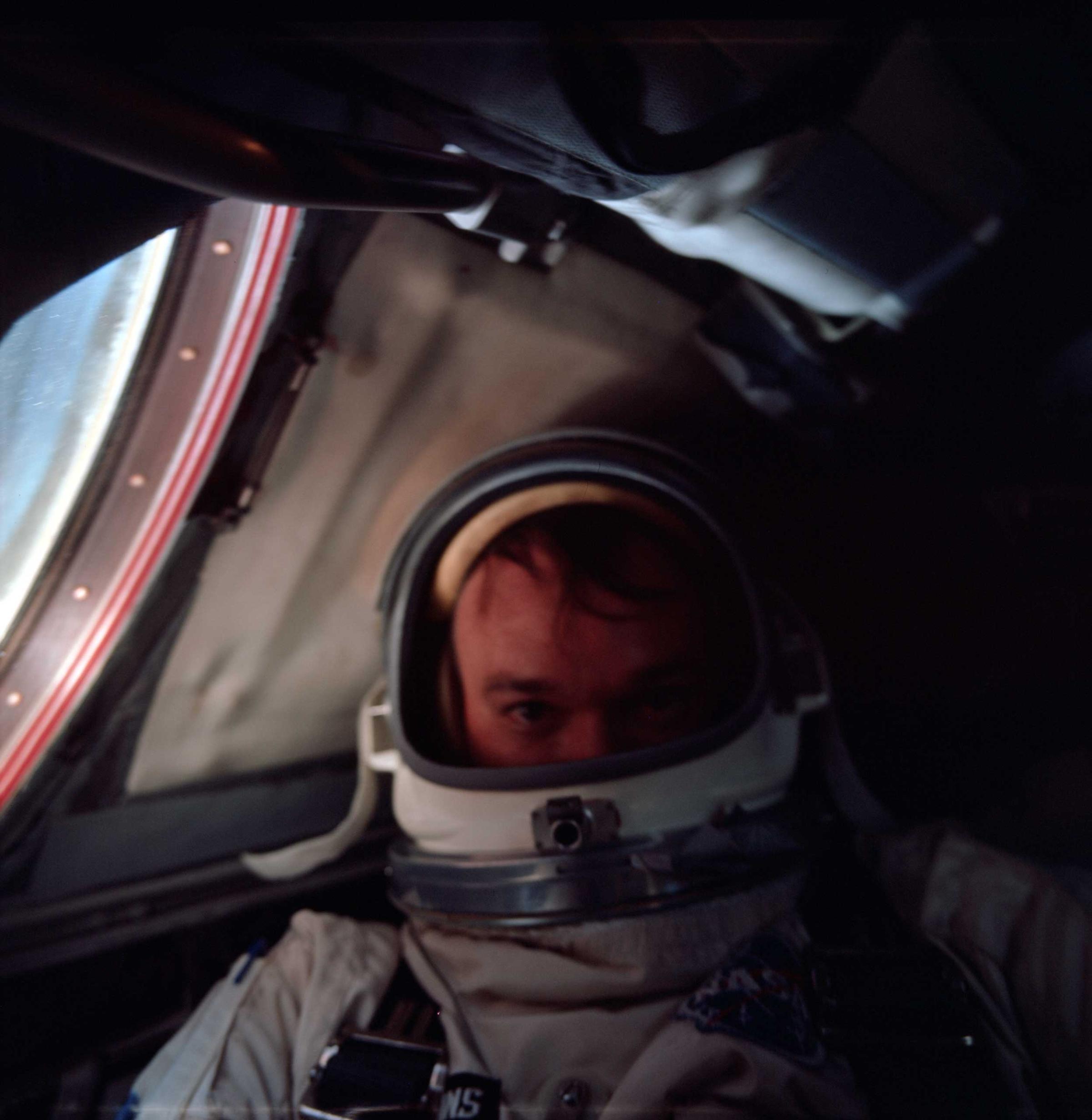
More Must-Reads from TIME
- How Donald Trump Won
- The Best Inventions of 2024
- Why Sleep Is the Key to Living Longer
- How to Break 8 Toxic Communication Habits
- Nicola Coughlan Bet on Herself—And Won
- What It’s Like to Have Long COVID As a Kid
- 22 Essential Works of Indigenous Cinema
- Meet TIME's Newest Class of Next Generation Leaders
Contact us at letters@time.com